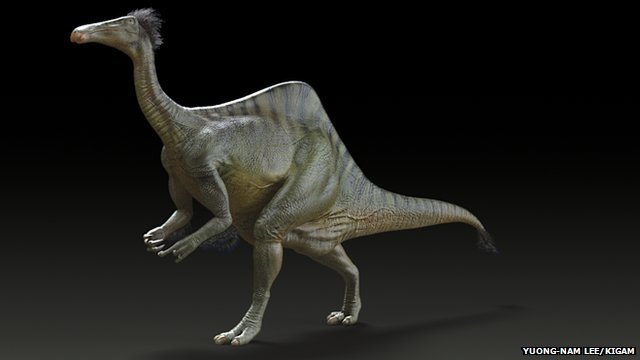A dinosaur mystery that has baffled palaeontologists for 50 years has finally been solved. In the 1960s, researchers unearthed two gigantic dinosaur arms. For decades, scientists have speculated about what kind of beast they belonged to.
Now, the rest of the dinosaur’s body has been unearthed, and researchers say that the creature is even more bizarre than they had thought. They say it was huge, with a beak, a humped back and giant, hoofed feet. It is one of the weirdest dinosaurs, it’s weird beyond our imagination as lead researcher says.

Amazing Story

For half a century, all that was known about this dinosaur was that it had enormous forearms, measuring 2.4m-long (8ft) and tipped with three giant claws. Its name Deinocheirus mirificus means unusual, horrible hands. In various reconstructions, it has been imagined as anything from a T. rex-type predator grasping at prey with its claws, to a giant, sloth-like climber, using its arms to dangle from trees.
But the discovery of two nearly complete skeletons in Mongolia have finally laid this speculation to rest.
The international research team says the beast:
- Was very large, measuring about 11m (36ft) long and weighing six tonnes.
- Had an elongated head with a duck-like beak, and a large humped sail on its back.
- Had short and stumpy legs, but its feet were very large with hooves, which would have prevented it from sinking into the boggy wetlands where it lived.
The researchers think that the beast was probably a very slow mover. The contents of its stomach suggest that it ate plants and fish.
The study is published in the journal Nature.











